Brussels 1859 – 1944
Belgian Painter
'Lady in the Garden'
Signature: signed bottom left
Dimensions: image size 62 x 52 cm, frame size 83 x 73 cm
Medium: oil on canvas
Biography
Adolphe Louis Charles Crespin (Brussels, May 17, 1859 – Brussels, 1944) was a visionary Belgian artist whose creative reach extended far beyond the traditional boundaries of painting. A master of realism and luminism, Crespin’s work radiated an extraordinary sensitivity to light, form, and atmosphere—whether in his serene interiors of churches, evocative depictions of old streets, lyrical cityscapes, poetic still lifes, or deeply expressive figures and landscapes. His oeuvre reflected both a precise observation of the world and an imaginative engagement with the spiritual and decorative dimensions of art.
Educated first under E. Blanc-Garin in Brussels and later under Léon Bonnat in the vibrant artistic milieu of Paris, Crespin refined his skills at the Brussels Academy of Fine Arts between 1877 and 1881. From the outset, his interests were expansive. Not only a painter, he worked with equal ease in watercolor, engraving, and fresco, and was deeply inspired by the aesthetic of Japanese art, which imbued his compositions with elegance and decorative flair.
His collaboration with the avant-garde architect Paul Hankar marked a turning point in his career. Together, they helped redefine the visual identity of Belgian Art Nouveau. Crespin contributed to architectural decoration, designing building façades with ornate sgraffito panels, and brought artistic life to public and private interiors. Among his most celebrated contributions was his work for the Ethnographic Room at the Colonial Exhibition in Turin in 1897, a showcase of his interdisciplinary talents.
Crespin also emerged as a pioneer of poster design in Belgium, and played a key role in the development of theatrical set and costume design, mural decoration, and carpet patterns, further demonstrating his vast range. Alongside contemporaries like Paul Cauchie and Henri Privat-Livemont, he stood at the forefront of the Belgian sgraffitomovement, a hallmark of Art Nouveau architecture.
Between 1900 and 1924, Crespin served as a professor at the Brussels Academy, where he profoundly influenced a generation of artists, including Henri Evenepoel and Irène d’Olszowska. His teaching and artistic achievements were recognized with Diplomas of Honour in Brussels (1897) and Turin (1902).
Today, his artworks are part of prestigious public and private collections, including the Charlier Museum in Brussels, and museums in Saint-Josse and Ghent. His stylistic versatility and innovative spirit have ensured his enduring legacy within the rich fabric of Belgian art history.
Crespin’s life and contributions are extensively documented in major art reference works, including:
Dictionnaire critique et documentaire des peintres, sculpteurs, dessinateurs et graveurs by Bénézit
Allgemeines Lexikon der Bildenden Künstler (E.A. Seemann Verlag, Leipzig)
Lexicon of the Belgian Romantic Painters
Le Dictionnaire des Peintres Belges du XIVe siècle à nos jours
Biografisch Lexicon
De Belgische Beeldende Kunstenaars uit de 19de en 20ste eeuw by Paul Piron
Through his innovative spirit and dedication to both beauty and craft, Adolphe Crespin remains a key figure in the evolution of Belgian art at the turn of the 20th century.




























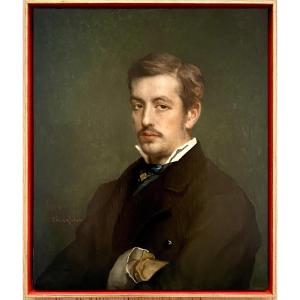
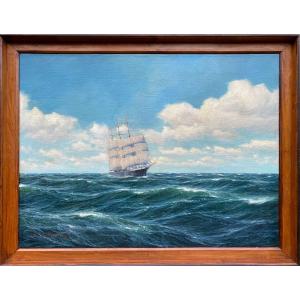







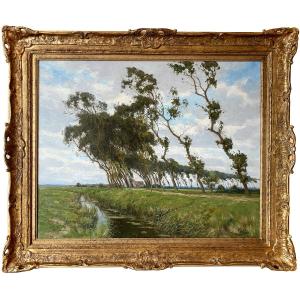
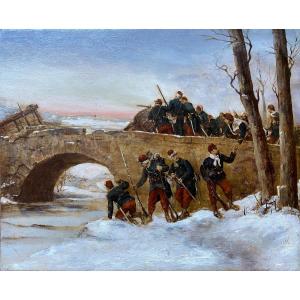
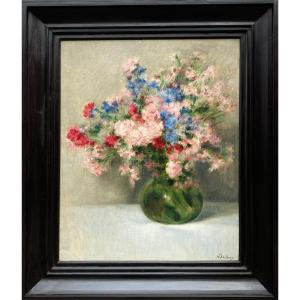
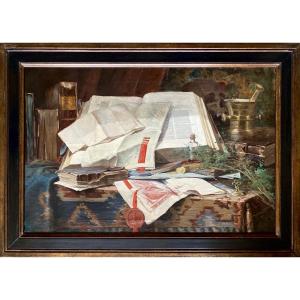

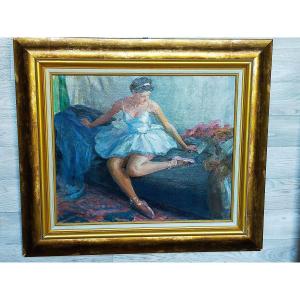



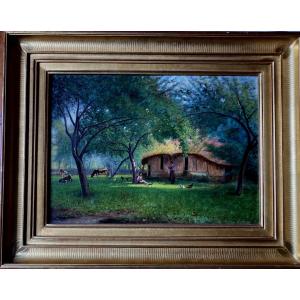



 Le Magazine de PROANTIC
Le Magazine de PROANTIC TRÉSORS Magazine
TRÉSORS Magazine Rivista Artiquariato
Rivista Artiquariato